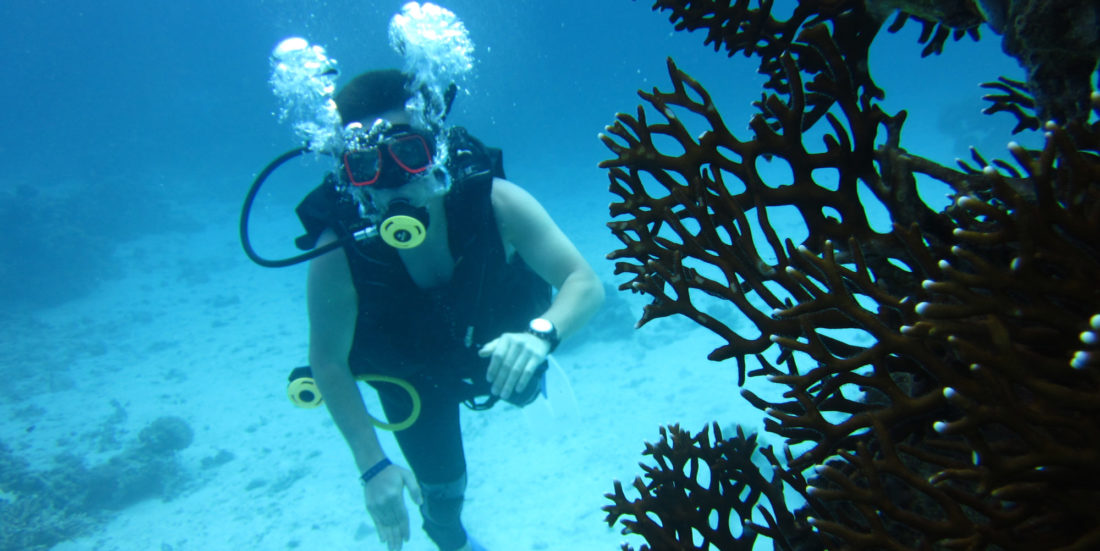Preventing the bends
Two researchers at NTNU have discovered a new biochemical process that could revolutionize the treatment and prevention of decompression sickness.
Two researchers at NTNU have discovered a new biochemical process that could revolutionize the treatment and prevention of decompression sickness.
Why do some divers suffer from decompression sickness – the bends – while others don’t? It’s an important question all by itself, but NTNU Professor Alf O. Brubakk and Ulrik Wisløff, a sports physiologist, may have found a new protective substance in the human body in the course of their research on the bends. If drugs can trigger the release of this substance, it would mean a whole new way of treating the bends – with the possibility of treating heart disease, too.
And like many things in science, it happened almost by chance.
While investigating mechanisms that help prevent the bends, the two researchers found that being in good physical shape increases the ability to cope with decreases in pressure – such as happens when divers come up from the depths of the ocean. But the timing of the exercise turned out to be almost as critical as the exercise itself. Rats that had exercised on Friday and «dove» on Monday could not cope with pressure drops in the experimental pressure chamber, but rats that had exercised the previous day handled the stress quite well. How could this be?
Tiny bubbles
Decompression sickness is caused when gas bubbles form in the blood stream. Physiologists think the bubbles form when the blood contains small proto-bubbles, called bubble nuclei. Bubbles won’t attach to the inside of blood vessels without these bubble nuclei. Scientists believe exercise changes blood vessels by washing away the bubble nuclei. When Brubakk let the rats rest over the weekend before entering the pressure chamber, he accidentally discovered that the timing of the exercise makes the difference. Exercising close to the scheduled diving – approximately 24 hours in advance – is what it takes.
“The intensity of the exercise must be high, preferably over 90 per cent of full capacity”, Brubakk said. “Military divers have already taken an interest”.
New mechanism hypothesized
Scientists previously thought the bubbles were formed as a result of a biophysical process. If the process is actually biochemical, drugs that build on this understanding could be in the offing.
“We now believe hard exercise releases substances that prevent injuries», Brubakk says. “We think we are about to uncover a new protective mechanism in the body that could have significance for other research fields. Circulation diseases are interesting in this respect”.
If Brubakk’s preliminary findings hold true, cardiovascular diseases may some day be treated with drugs that trigger protective biochemical mechanisms in the body – as appears to happen with intense exercise and have been developed based on knowledge about these processes, and how they can be affected chemically. Brubakk has already found that a drug that inhibits the production of nitric oxide in the blood can protect against the bends similar to the way that intense exercise does.
Brubakk says that they are planning experiments with other animals. Human experiments with exercise and bubble production show the same kinds of reductions as in the exercising rats, Brubakk said.
“So far the results from the rat experiments seem to apply to other species”, Brubakk concludes.
By Tore Oksholen


